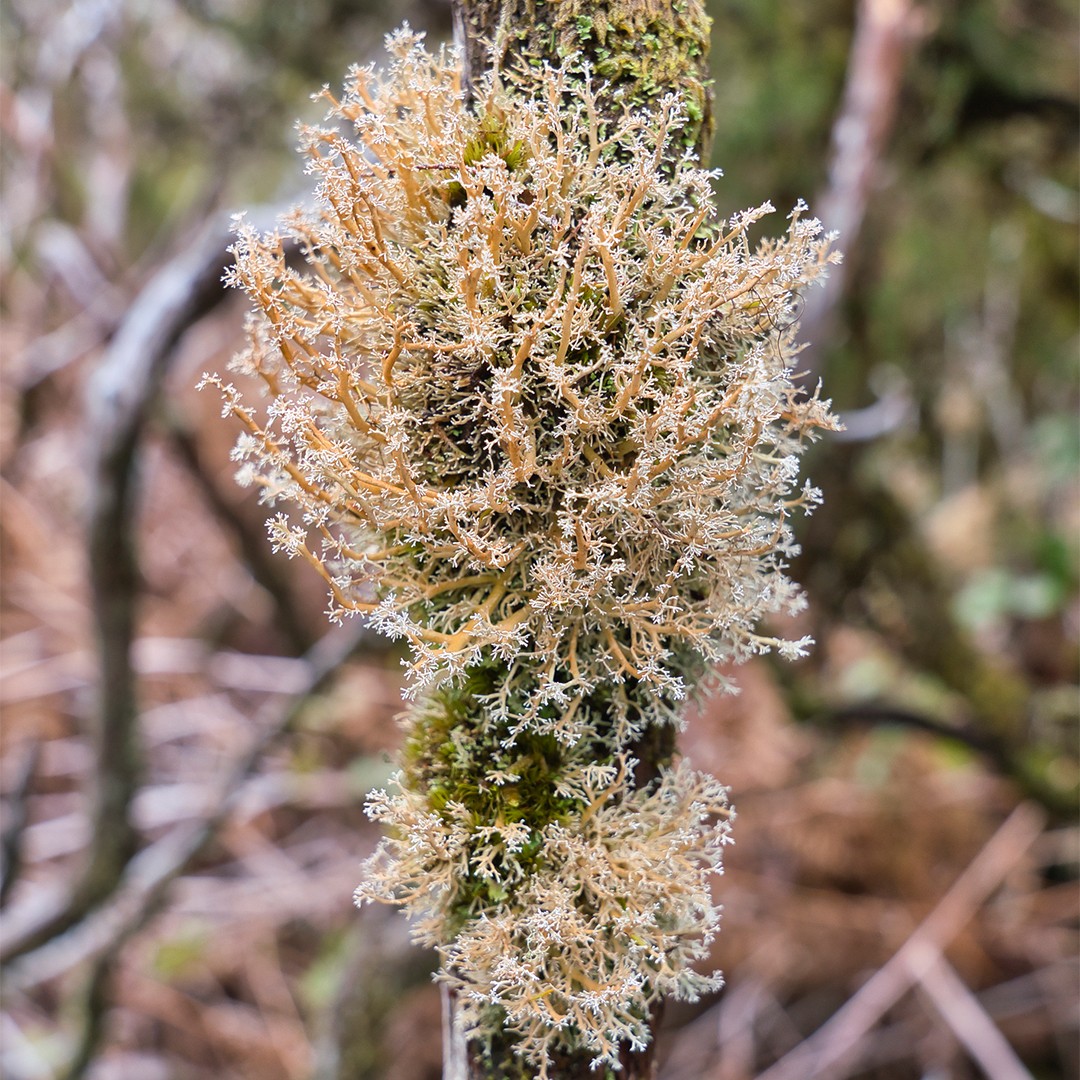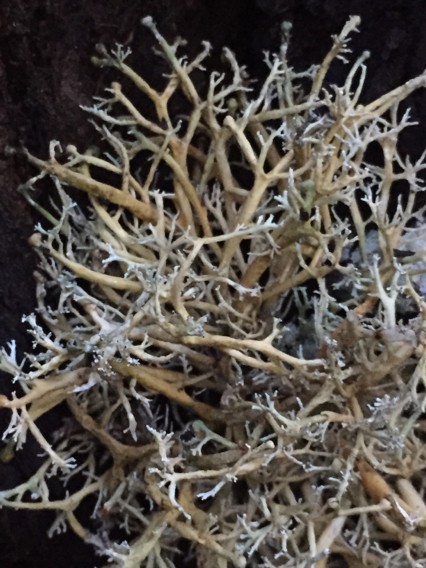Sphaerophoraceae
Nom scientifique: Sphaerophoraceae
Sphaerophoraceae
Nom scientifique: Sphaerophoraceae
 Photo By GettyTim82
Photo By GettyTim82 La description
Les espèces de la famille sphaerophoraceae poussent en symbiose avec des bactéries et des algues sous forme de lichens et préfèrent les climats tempérés du sud. Contrairement à de nombreux lichens qui poussent sous forme d'accrétions plates sur les rochers et les arbres, ces espèces ont une apparence dressée et ramifiée. En d'autres termes, elles ressemblent un peu à de petites branches de corail.
Espèces de Sphaerophoraceae

 Photo By GettyTim82
Photo By GettyTim82 